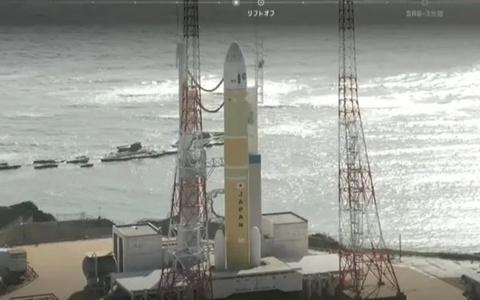According to the Report, the results of the study were published in the scientific journal Chaos.
The experts used mathematical and computational methods to analyze data on earthquakes, solar activity, and surface temperatures. They found that the inclusion of surface temperature data in the models improves forecasting accuracy, especially for shallow earthquakes.
Changes in the temperature of the planet's surface due to solar activity can affect the properties of rocks, making them more brittle and prone to cracking. These processes are also capable of changing the movement of groundwater, which, in turn, can change the pressure on the boundaries of tectonic plates.
The study showed that the transfer of solar heat to the Earth's surface can indeed affect seismic activity, albeit only slightly.
The authors of the discovery believe that the inclusion of forecasts of solar activity in Earth temperature models can be an important tool for improving earthquake forecasting.













